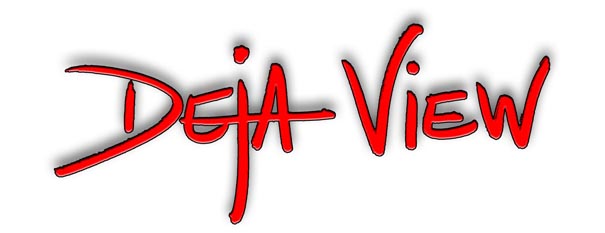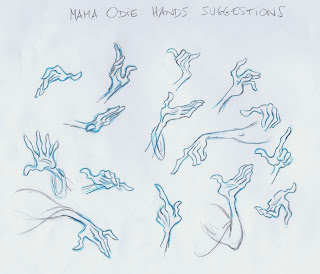Those two excited gentlemen in the photo are Phil Harris who voiced Little John in the movie and Andy Devine who did Friar Tuck.
Only Robin Hood seems less interested in the storyboards, he is still hoping for story fixes.
Milt Kahl revisited all the design work that had been done on the title character, and he started animating production scenes such as the one below, in which Robin is putting on his gipsy outfit.
John Lounsbery, too, was busy with key personality scenes, and Milt kept a close eye to make sure the character would be consistant.
In June of 1971 Milt proposed these updated designs . I quite like this long nosed Robin with a stretched torso and short legs. The neck became a lot fuller, and the anatomy of a real fox is more pronounced.
There was another Robin revision in September of 1971.
Here the character might look more like a "leading man" type, but he also comes close to resembling a man in a fox suit. The fact that the exact date is written up on the model sheet shows some frustration over the ongoing design changes.
Milt finally settled on a shorter nosed Robin, with an appearance that resembles handsome heroes like Errol Flynn, Richard Todd or Kevin Costner.
Check out the appeal in this previously posted pencil test:



























































